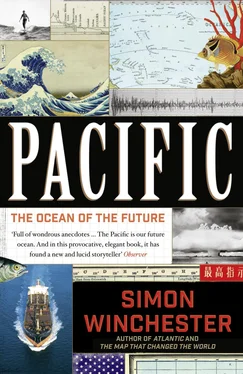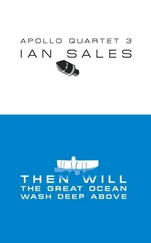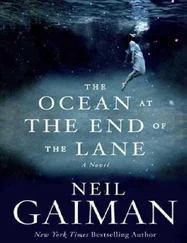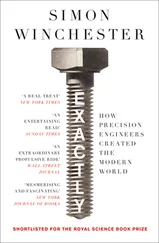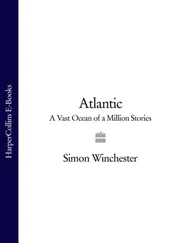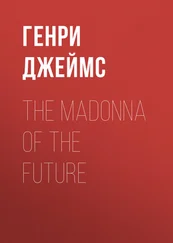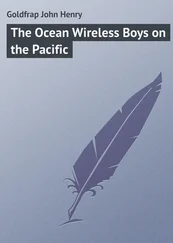So after many attempts to corral the wealth of material about the Pacific Ocean into one manageable whole, I chose for this account to attempt to ape the master, to create a modified version of Stefan Zweig’s approach of almost a century ago. I decided I would sift through the events of the modern Pacific to try to find my own galaxy of shooting stars—of truly pivotal moments in the story of this vast acreage of ocean. I would choose a scattering of happenings each of which, to me at least, seemed to betoken some greater trend, and which might tell in microcosm a larger truth about the Pacific than the moments themselves suggest.
From a mass of such occurrences I could distill and weed and cull, and then decide which of the remainder truly said something significant about how the ocean, and the perception of the ocean, was developing and perhaps evolving: which events, in other words, indicated the direction in which the Pacific was shifting, as it moved to play its defining role in the future of the world.
So I made a list. I scoured newspapers and history books and databases and academic papers, and came up with some hundreds of more or less notable occurrences between January 1, 1950—a date chosen for a reason I will explain later—and the time I began to write this book, in the summer of 2014.
The cutting room floor was eventually to be buried under a blizzard of possibilities. I was fascinated, for instance, by the postwar reincorporation of the Japanese into the mainstream of Pacific life, and thought that stories from the aftermath of the notorious internment of Japanese American citizens might illustrate their welcome return to the world stage. I thought, more trivially, of the opening of a slew of Pacific Disneylands, first in Anaheim in 1955, then in Tokyo in 1983, and in Hong Kong in 2005, and wondered about the spread of America’s cultural impress on the people around and within the ocean. I thought about the lasting social consequences of the staging of Olympic Games in such Pacific cities as Melbourne, Tokyo, and Seoul. I wondered similarly about the social effects of invention of the Boeing 747-400, a plane made on the Pacific coast, an aircraft built specially to cross the entire ocean without refueling, in one bound.
The list went on and on. What of the significance of pollution—so poignantly symbolized by the Minamata disease that was identified in May 1956? What of the impact of the first television service that began in Australia, in September, four months later? Of the Watts Riots in Los Angeles that erupted in 1965? The My Lai Massacre that took place in Vietnam in March 1968, and the shooting of Bobby Kennedy in Los Angeles on June 6 of that same year? The time when more than seven hundred members of the Unification Church were married in a ceremony in Seoul in 1970, and when twenty-six members of the Heaven’s Gate cult neatly killed themselves in San Diego in 1997? What followed on from Richard Nixon’s visit to the People’s Republic of China in 1972—the first by an American president—and from Queen Elizabeth’s visit later on, in 1986? What of the consequences of the Chilean Communist Party’s formation in 1979? Or the disappearance of the “Dingo Baby” near Ayers Rock in Australia in 1980? The time when President Marcos was overthrown in the Philippines in 1985? The death of the last Hawaiian black-faced honeycreeper in 2004? News that a bridge had been built over the Eastern Bosphorus in Vladivostok in 2012? Or the curious time when Tonga, in 2014, signed a military agreement with the Nevada National Guard?
Rich though all this might be, there was still richer fare to consider. In the end, I chose just ten singular events, some of them portentous, some more trivial, but each appearing to me to herald some kind of trend. They showed, and in chronological order, a series of developments that, when accumulated as one, depicted an image, perhaps more pointillist than precise, of the ocean as it had arranged itself in the past sixty-five years; and that also hinted at the way the ocean might evolve through the near future. The wisdom or otherwise of these choices is what, of course, will determine whether this portrait of the ocean is judged to be fair and right. Naturally I hope it is considered so.
I decided to begin with the acceptance of a singular and distasteful reality: that the Pacific, despite what Ferdinand Magellan experienced when he first sailed into it, is anything but a pacific ocean; it is in fact, and more than any other, an atomic ocean . More dangerous than that, it is the ocean where most of the world’s thermonuclear weapons have been tested, and has been ever since the beginning of the story, in January 1950. The story of Bikini and of the hydrogen bombs then tested there allows for neither praise nor admiration. At the same time, though, it serves as a reminder of the terrible toll atomic weaponry has already exacted on humankind—mostly to innocent Japanese civilians, of course—and so is part of the ocean’s story, helping to define its past, present, and future.
Then, in a more cheerful vein, I chose the invention, four years later, of the transistor radio and the subsequent formation of the Sony Corporation. It seemed to me that these and other connected events of the early 1950s not only illustrated the energy, tenacity, and technical brilliance of the postwar Japanese, but also demonstrated the beginning of a pattern of eastbound transpacific trade that still dominates the ocean’s story to this day. Maybe the early Japanese technicians were eventually to be overtaken in some fields by the Koreans, and the Koreans in turn by the Chinese, but the endless procession of heavily laden cargo ships passing eastbound, inbound, beneath the Golden Gate Bridge is testament to a trend that was started by Japan, and to the long-ago makings of a tiny wireless set that would fit inside a cunningly enlarged shirt pocket.
Surfing—not so trivial as it may initially seem, just like the charmingly slight American film that made it popular in what would shortly become the biggest of all surfing markets—is a gift from the Polynesian Pacific that is today worth billions. This ancient, graceful pastime of wave gliding, once so central to the aristocracies of Hawaii and Tahiti, deserves proper consideration—in the same way that football and cricket must not be overlooked elsewhere—to help fathom the ocean in which it was born, and the peoples who gave it birth.
I have traveled in North Korea several times, and in 1987 was sorely frustrated in an attempt to walk the entire length of the peninsula when, after three hundred miles, my way forward was firmly blocked by frontier fences and a pair of burly American sentries. Once, and very briefly, I harbored some small secret sympathy for a North Korean regime that in its earliest days was guided by an intense desire to follow its own path to economic and cultural independence; now the regime has become such a byword for domestic cruelty and international insanity that it can hardly be ignored. Its role as perpetual irritant is an unattractive aspect of today’s Pacific, but a crucial one.
The reincorporation of Japan and the other native Pacific peoples—of American Indians, Australian aboriginals, Maori, and Pacific Islanders—into the running of their ocean’s affairs has been matched, in more recent years, by the steady, though seldom peaceable, withdrawal of colonial powers from the region. To begin this chapter, I chose one symbolic event, the sabotage and fatal fire on a British ocean liner in the waters of a British Pacific colony, to allow me to tell the stories of a number of colonists’ retreat: the French from Indochina; the Americans from Vietnam; the withdrawal elsewhere of the Dutch and the Portuguese; and from everywhere remaining, the otherwise near-ubiquitous British. The Pacific peoples are more firmly on their own at last, as they should have been for centuries past.
Читать дальше
